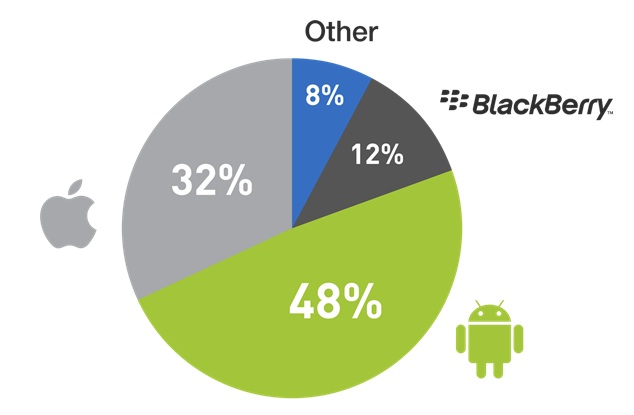 This sponsored post is produced by Fiksu.
This sponsored post is produced by Fiksu.
Acquiring users on Google Play is different than what you may be accustomed to in Apple’s App Store. There are unique marketing challenges, different techniques to drive app discovery, and also new opportunities that you can exploit to drive organic discovery and installs by loyal users.
What follows is a sampling of key information you need to know. For more details, download the eBook: Android App Marketing and Google Play – What You Need to Know.
Search is The Primary Means of Organic Discovery
AI Weekly
The must-read newsletter for AI and Big Data industry written by Khari Johnson, Kyle Wiggers, and Seth Colaner.
Included with VentureBeat Insider and VentureBeat VIP memberships.
On Google Play, Search is the primary means of organic discovery. “Organic users” are those who seek your app on their own – without paid advertising.
Android app marketers have more tools to drive organic users on Google Play than they do in Apple’s App Store. This is because Google Play determines app rankings – and therefore organic discovery – in an entirely different way that marketers can control.
In the App Store, rank is the driving force behind organic discovery. The App Store determines rank by the number of installs, and how recent the installs. Apps that cannot sustain large numbers of installs find that their rank slips quickly.
In contrast, on Google Play, Search is the primary means of organic discovery. Google Play determines rank primarily by a Search algorithm and a Browse algorithm. Approximately 75% of organic downloads originate from a search.
Google Play considers several variables that determine an app’s Search and Browse Rank. For more details, download the eBook.
Optimize Your App For Search
You can greatly influence search rank, and therefore app discovery, by following these tips.
Use a Keyword in the App Title
A keyword in your app title is the most important element that impacts search rank. The right keyword in your title can affect rank position 80 to 100 spots.
Use Keywords in the App Description and Promo Text
Within the app description, frequency of keywords increases search rank. Try to use a keyword up to five times. This can impact rank position 10 to 20 spots.
Also, include the app name in the body of the app description. Unlike iOS, the body description is searched under Google Play.
Conduct Longer-Term Ad Campaigns and Target Loyal Users
Google Play’s ranking algorithm rewards long-term user acquisition. Apps that retain users are rewarded with higher ranks. Therefore, advertising campaigns should be run over a longer term and sustained over several months, as opposed to the short bursts of activity.
Target Loyal Users – Not Just Installs
To build a thriving app business, you need installs by loyal users. It is loyal users who use your app repeatedly, make purchases, register, or take other actions that tie back to an ROI. However, studies show that many users who install an app never even use it, or abandon it after a single use. Try to optimize your advertising efforts on traffic sources that are delivering your loyal users.
These are just a few tips. For details on how to improve Google Play app discovery, drive more installs, and generate long-term, loyal app usage, download the eBook – Android App Marketing and Google Play, What You Need to Know.
VentureBeat's mission is to be a digital town square for technical decision-makers to gain knowledge about transformative enterprise technology and transact. Learn More
